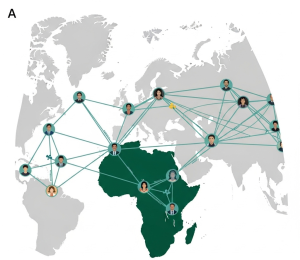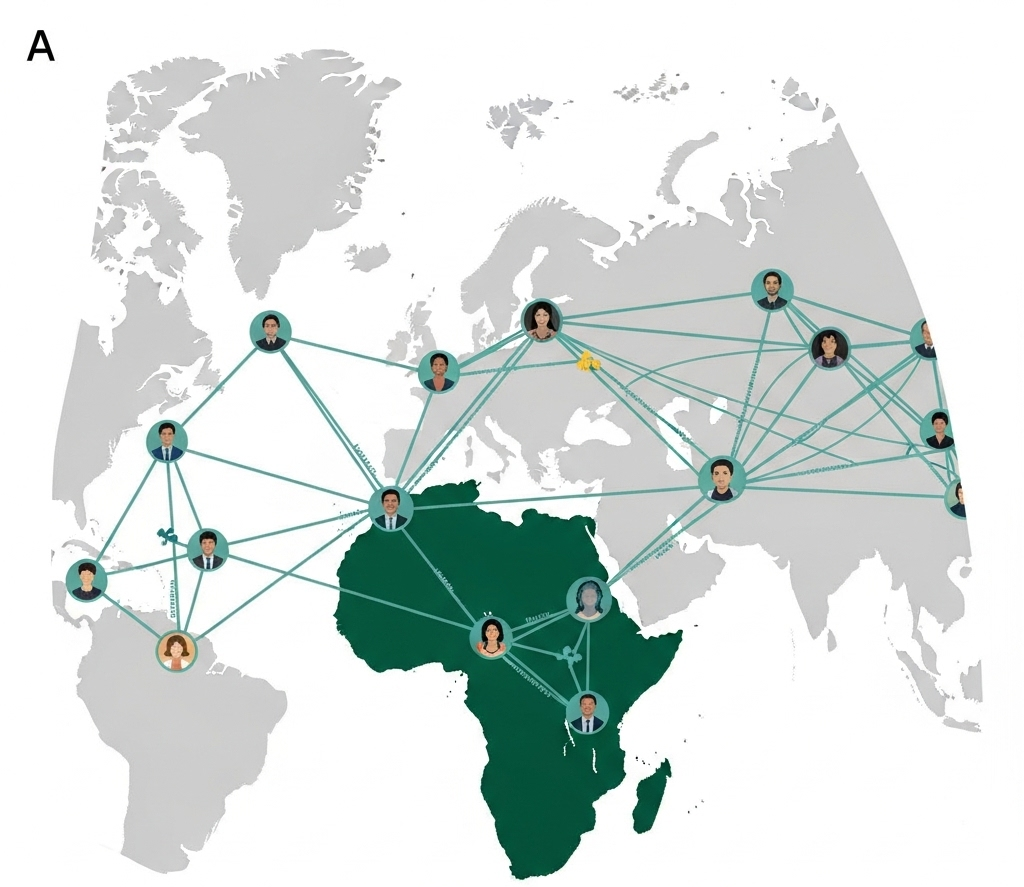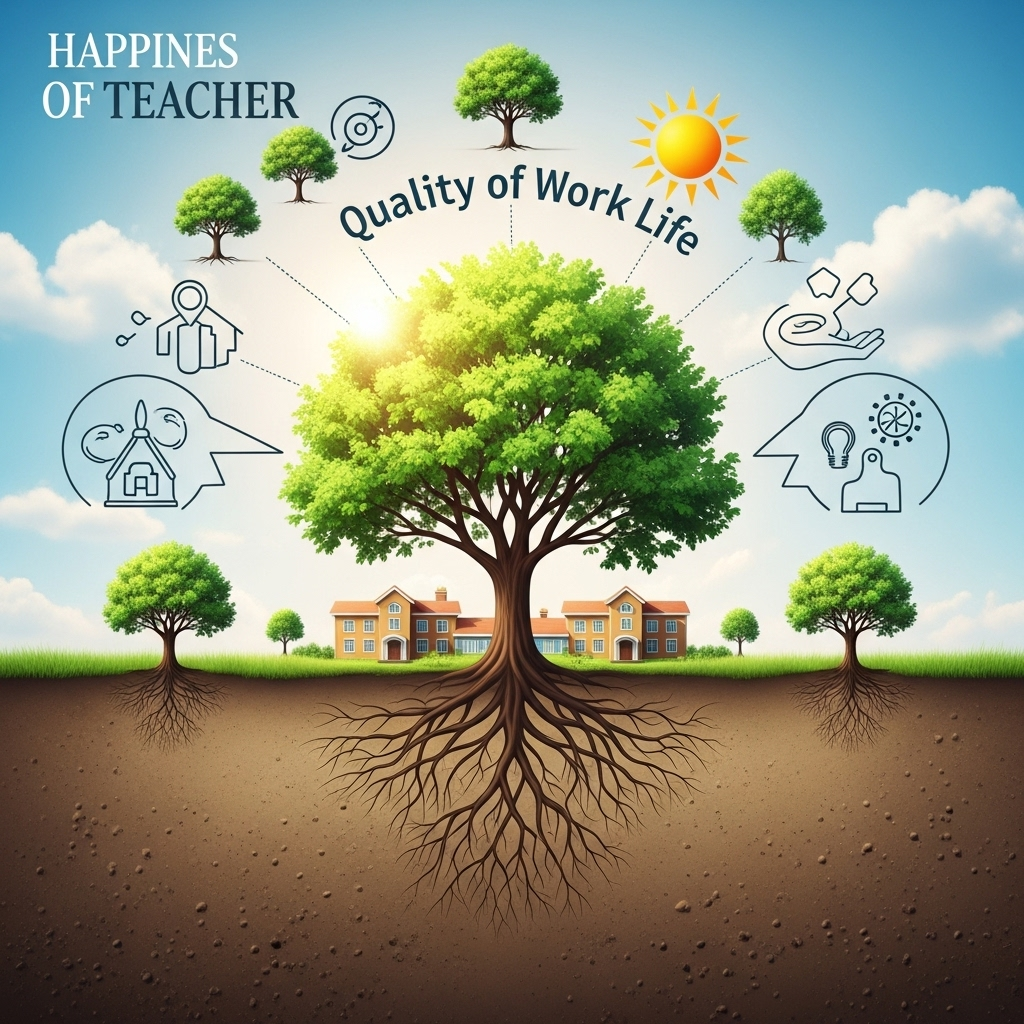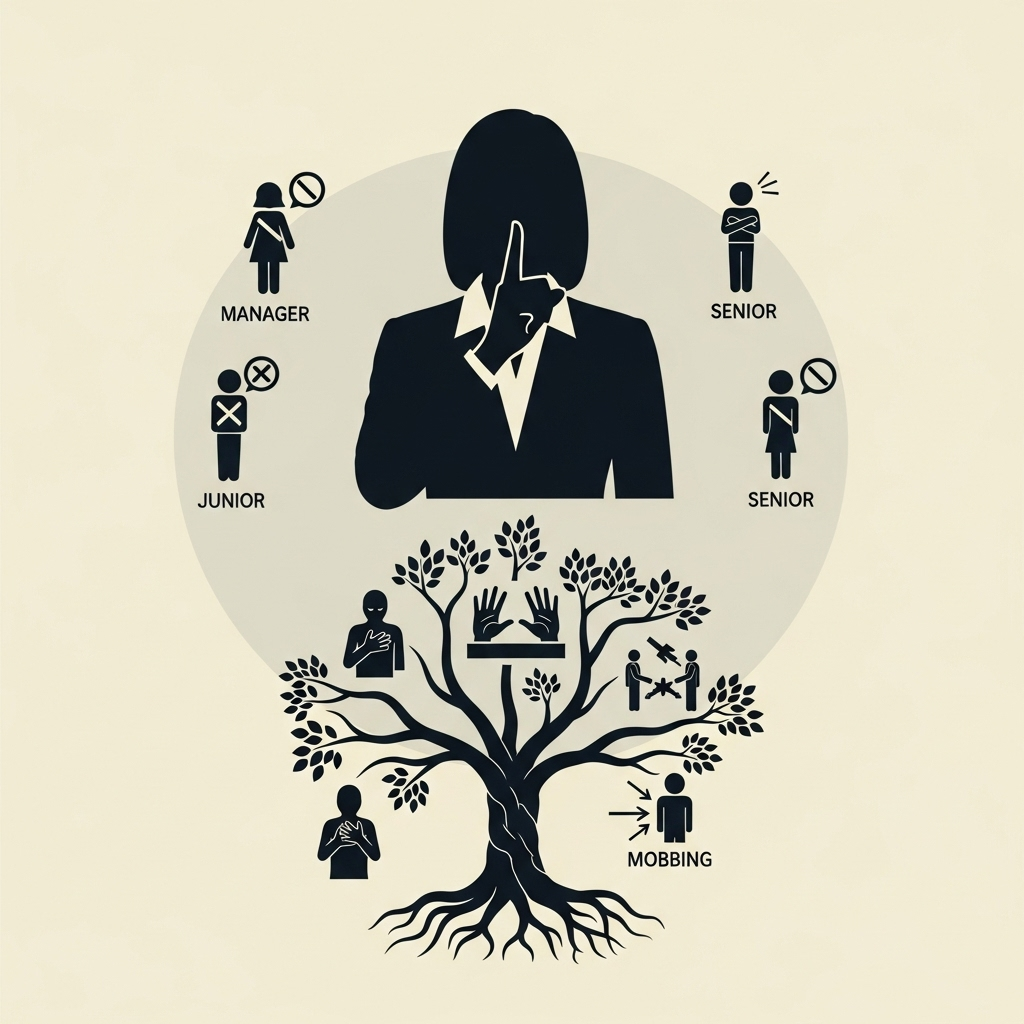 The COVID-19 pandemic triggered an unprecedented transformation in global education systems, ushering in radical changes at structural, pedagogical, and societal levels. Especially in low and middle-income regions such as Asia and Africa, school closures, the sudden shift to distance education, and the digitalization of interactions among educational stakeholders created a severe crisis environment. Existing digital infrastructure deficiencies further exacerbated social inequalities in education in these regions, increasing the fragility of school ecosystems.
The COVID-19 pandemic triggered an unprecedented transformation in global education systems, ushering in radical changes at structural, pedagogical, and societal levels. Especially in low and middle-income regions such as Asia and Africa, school closures, the sudden shift to distance education, and the digitalization of interactions among educational stakeholders created a severe crisis environment. Existing digital infrastructure deficiencies further exacerbated social inequalities in education in these regions, increasing the fragility of school ecosystems.In this context, social media platforms have evolved into dynamic digital spaces where educational experiences, societal demands, and crisis responses are made visible. Beyond individual narratives, these platforms function as digital civil society arenas where collective discourses, emotional forms of solidarity, and alternative policy proposals are generated. A comprehensive study examined how school environments in post-pandemic Asia and Africa were perceived and represented via social media, revealing how digital discourses evolved during times of crisis. This analysis drew on social ecology, social network, and digital citizenship theories to identify central actors, themes, and emotional narratives within these digital spaces.
Prominent Themes in Social Media Discourse
The core findings of the study highlight several critical issues that emerged in digital discourse related to education during the post-pandemic period:
• Institutional Trust and Uncertainty: A significant portion of digital discourse centered on a lack of institutional trust in the education system, uncertainty in decision-making processes, and insufficient public communication. Such criticisms were particularly concentrated in countries like Turkey, India, and Bangladesh, with a large majority of the discourse carrying a negative emotional tone. This situation clearly demonstrates how macro-level institutional mistrust is reflected in individual experiences.
• Digital Inequality and Educational Exclusion: Issues of digital access, lack of devices, and limited data packages constituted a substantial part of the content from the African region. While this theme was also present in the Asian sample, in Africa it was reflected as a much more fundamental issue of the right to education. Individuals experienced the lack of technological infrastructure not merely as a problem, but as social exclusion internalized through feelings of anger, helplessness, and humiliation.
• Emotional Attrition and Mental Health: A notable percentage of content from students focused on mental health challenges such as loneliness, anxiety, and loss of motivation. In Asia, individual narratives emphasizing “I am lonely” or “I am no longer motivated” were prominent. In contrast, in Africa, messages of collective support, like “We are here, we will support each other,” or emphasizing “digital solidarity is essential,” stood out, indicating a difference rooted in cultural contexts.
• Participatory Governance and Influence on Policy-Making: Social media emerged not only as a platform for expression but also as a tool for participatory governance, shaping education policies from the grassroots level. The study identified central actors, such as teacher unions, NGOs, and student coalitions, within the social network, who not only generated criticism but also intervened in policy-making processes by circulating alternative solutions. Examples include hygiene demands of a movement in Turkey being addressed in a Ministry of National Education report and digital inclusion campaigns in Africa influencing UNESCO’s funding allocations. This illustrates how bottom-up information flows can translate into concrete policy outcomes through social media.
• Regional Discourse Differences: The analysis highlighted that social media discourses are shaped by distinct cultural and political contexts in Asia and Africa. While hygiene and safety were central concerns in Asia-oriented discourses, digital access was a key crisis theme in Africa-oriented discussions. Furthermore, individual emotions and isolation were more prominent in mental health discussions in Asia, whereas community solidarity and support discourses were more prevalent in Africa. Criticism of the state tended to be clearer and more direct in Asia, while it was more indirect and systemic in Africa.
• Shaping New School Dynamics in the Digital Space: Social media platforms functioned as digital micro-communities where new generation school dynamics are formed. These networks, comprising various educational actors, were positioned not merely for information sharing but as political actors actively intervening in decision-making processes. This phenomenon signals a transformation of the traditional school-government-community triangle, pointing towards the development of alternative models of educational agency centered on social media.
The comprehensive findings underscore the multidimensional impact of digital platforms on education systems during times of crisis, revealing how social media content structures individual responses, shifts in public perceptions, policy demands, and emotional forms of solidarity. These insights offer valuable strategic recommendations for integrating digital voices into education policymaking and crisis response frameworks for a more resilient and inclusive educational future.
Listen As A Podcast
This blog post was automatically generated by AI using the article as the source. Some data may have been lost during the creation process. You are encouraged to review the original article.
Click here for the original article.
Xiaoxue, L. (2025). Educational Environments in Times of Crisis: A Social Media Network Analysis of School Dynamics in Post-Pandemic Asia and Africa. International Society That Learn Journal, 2(1), 90-108. https://doi.org/10.64782/istlj224190108
Xiaoxue, L. (2025). Educational Environments in Times of Crisis: A Social Media Network Analysis of School Dynamics in Post-Pandemic Asia and Africa. International Society That Learn Journal, 2(1), 90-108. https://doi.org/10.64782/istlj224190108






